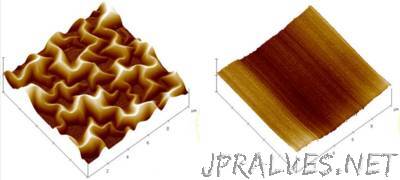
“Researchers at North Carolina State University (NC State) have developed a layered material that can be used to develop transistors based on graphene — a long-sought goal in the electronics industry. Graphene has attractive properties, such as extremely high conductivity, meaning it conducts the flow of electrical current really well (compared to copper, for example), but it’s not a semiconductor, so it can’t work in a transistor (aside from providing great connections). A form of graphene called “graphene oxide” is a semiconductor, but it does not conduct well. However, a form of graphene oxide called “reduced graphene oxide” (rGO) does conduct well*. Despite that, rGO still can’t function in a transistor. That’s because the design of a transistor is based on creating a junction between two materials: one that is positively charged (p-type) and one that is negatively charged (n-type), and native rGO is only a p-type. The NC State researchers’ solution was to use high-powered laser pulses to disrupt chemical groups on an rGO thin film. This disruption moved electrons from one group to another, effectively converting p-type rGO to n-type rGO. They then used the two forms of rGO as two layers (a layer of n-type rGO on the surface and a layer of p-type rGO underneath) — creating a layered thin-film material that could be used to develop rGO-based transistors for use in future semiconductor chips.”
